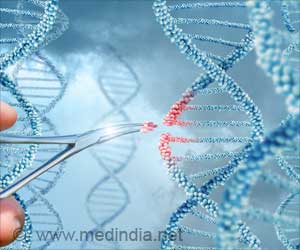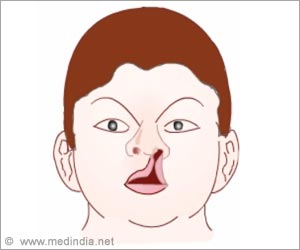Researchers from Rochester, N.Y., and Colorado have revealed that manipulating stem cells prior to transplantation may lead to improved spinal cord repair methods.
Researchers from Rochester, N.Y., and Colorado have revealed that manipulating stem cells prior to transplantation may lead to improved spinal cord repair methods.
This would help victims of paralysis to recover without the risk of transplant-induced pain syndromes.The research team focussed their study on astrocytes cells that play a major role in the central nervous system.
When nerve fibres are injured in the spinal cord, the severed ends of the nerve fibres fail to regenerate and reconnect with the nervous system circuitry beyond the site of the injury.
During early development, astrocytes are highly supportive of nerve fibre growth, and scientists believe that if properly directed, these cells could play a key role in regenerating damaged nerves in the spinal cord.
Rather than transplanting naive stem cells, the team has adopted an approach of pre-differentiating stem cells into better-defined populations of brain cells. These are then selected for their ability to promote recovery.
The Rochester team used glial restricted precursor (GRP) cells - a population of stem cells that can give rise to several different types of brain cell that were induced to make two different astrocyte sub-types using different growth factors that promote cell formation during normal development.
Advertisement
One type of astrocyte was remarkably effective at promoting nerve regeneration and functional recovery, with transplanted animals showing very high levels of new cell growth and survival, as well as recovery of limb function.
Advertisement
"It has long been a concern that therapies that promote growth of nerve fibres in the injured spinal cord would also cause sprouting in pain circuits," said Stephen.
"However by using the right astrocytes to repair spinal cord injuries we can have all the gains without the pain, while these other cell types appear to provide the opposite - pain but no gain," he added.
The study is published in the online Journal of Biology.
Source-ANI
SRM















